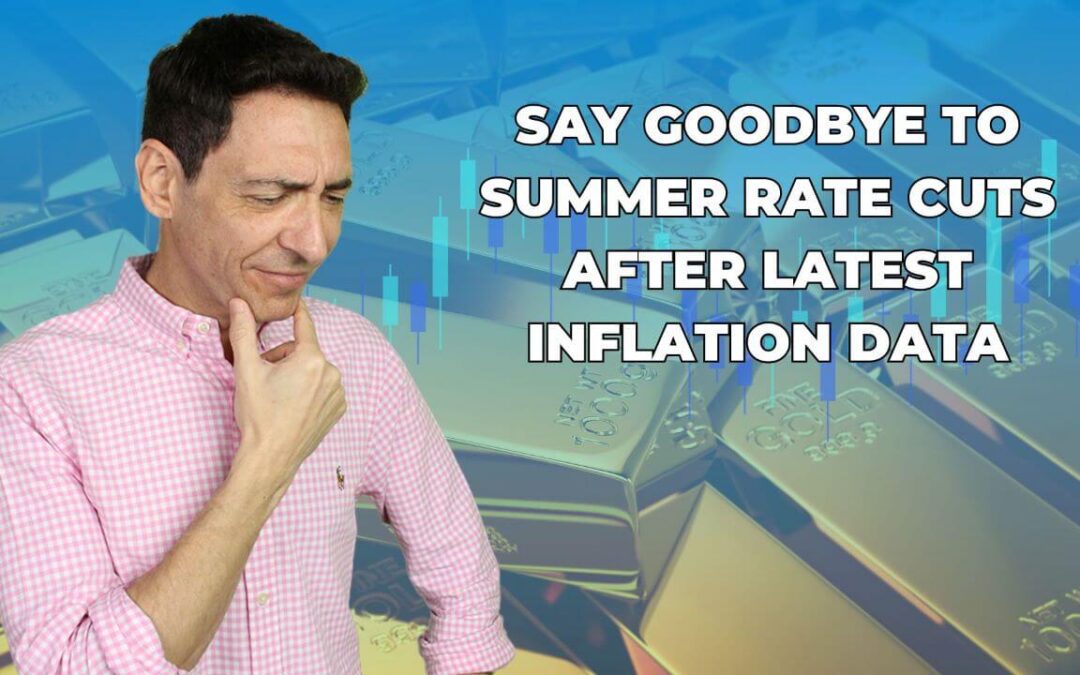There’s a little bit of chatter this week about the U.S. government finally refilling the Strategic Petroleum Reserve (SPR) after years of dumping it to keep oil prices low. This was especially the case in the wake of Russia’s invasion of Ukraine (during an election year).
Fast forward a year, and oil prices are down – largely thanks to depressed demand from rising interest rates and U.S. sales of our national security supply in Louisiana. The SPR is now down to its lowest point in decades.
The nation has put out a tender on oil to fill U.S. supply and limited it ONLY to American energy producers. Given that I typically see tenders extended globally – to get the best price – from nations in the agricultural sector regularly, I thought that was a little interesting.
And then I realized something. It’s all part of an economic shell game.
Remember Q3 2023?
In November 2022, one of my favorite money managers, Louis Navallier, wrote an article explaining the oddness of economic growth in the United States in the third quarter of the year.
Recall, the U.S. had just experienced two consecutive declines in quarterly growth – by all academic definitions, a recession. But the Treasury Department and every other economist with skin in the “blame,” changed the definition.
So, in the third quarter, we saw an uptick in growth in GDP – a 2.77% move. Wow, what a comeback, right?
Well, not so fast.
As Navallier pointed out, virtually all of the gains to GDP that quarter came from a surprise decline in the U.S. trade deficit.
GDP is calculated as follows: Business investment + Government spending + consumer spending + (exports minus imports).
Typically, the U.S. runs a large trade deficit, but makes up for it through robust consumer spending and business investment. Government spending has been a bigger driver in recent years – especially after COVID.
But here’s where it gets interesting…
We were largely getting gains on exports from this equation. We were selling, as Navallier pointed out, a lot of the one million barrels of oil per day from the SPR. And much of it was going abroad.
Navallier argued that virtually all of that was from SPR sales, meaning that our GDP number was being artificially driven higher.
GDP would have been closer to zero.
Now, Watch This Magic Trick…
So, we’ve maxed out our strategic oil supply, which raises questions about when and if the U.S. government will start to buy oil and refill the SPR.
Right now, the speculation is around only 3 million barrels. But at $70 per barrel, that’s about $210 million.
And given that the money is limited only to U.S. producers, there would likely be a multiplier effect in the short term in the oil patch – and would likely drive through the supply chains.
Guess where all that goes… Into the government spending category of GDP.
Now, we’re not talking about a massive chunk comparatively, but remember that the U.S. government’s spending and refilling of the Strategic Petroleum Reserve – which is down hundreds of millions of barrels in a few short years – will goose GDP higher.
Funny how this works, isn’t it?
The Biden Administration had better act quickly, as it looks more and more like oil may find a short-term bottom ahead of the debt ceiling standoff.
Recent IEA data states that crude might be heading much higher due to Chinese demand and a reduction in supply.
In fact, one of our top players in the Tactical Wealth Investor income portfolio popped 8% today on top of its 11.8% dividend. Sign up today – I just released my latest update on the economy and the portfolio to members.
To your wealth,


Garrett Baldwin
*This is for informational and educational purposes only. There is an inherent risk in trading, so trade at your own risk.
Market Momentum is Yellow
AI continues to push things higher… but the rest of the world is experiencing a short squeeze on junk stocks. Everyone is cheering the debt ceiling – while AI is just screaming higher. This is confounding, given that the markets are ignoring the ongoing deposit runs right now.


